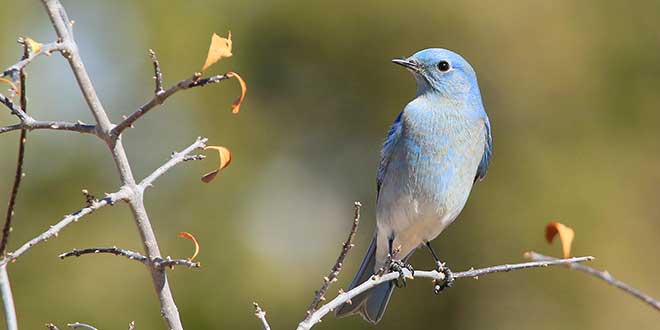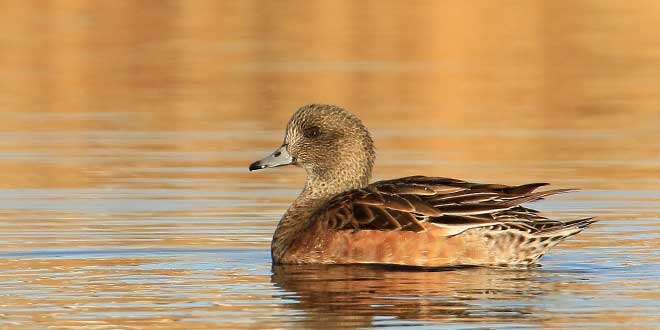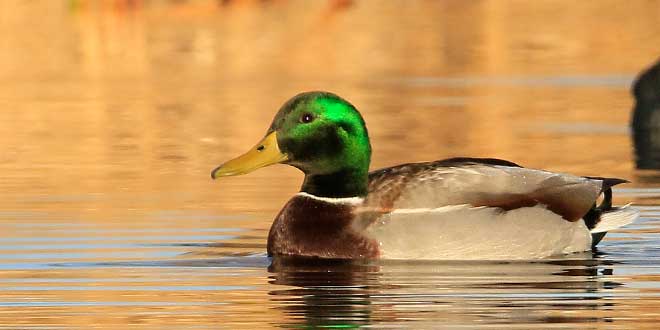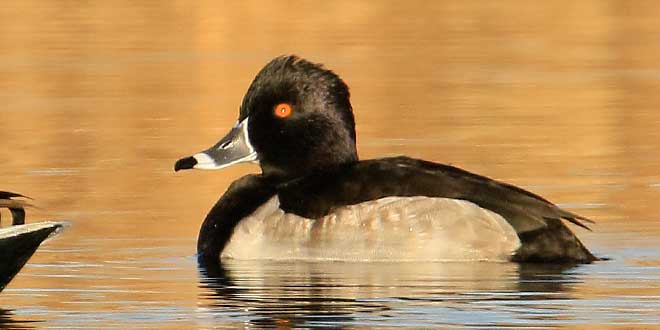Through the fall and early weeks of winter, Mark Watson, terrestrial habitat specialist with the Department of Game and Fish, spent some time observing and photographing birds in and around the pond at the Department of Game and Fish headquarters in Santa Fe.
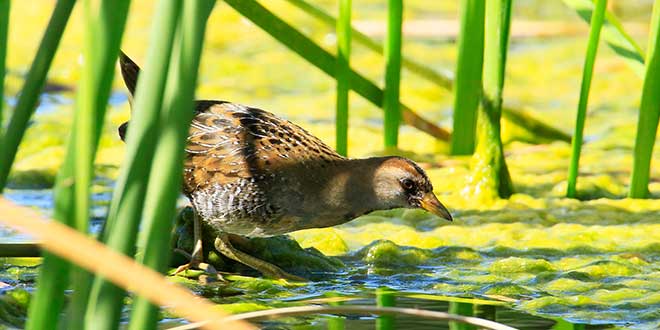
The pond was repaired and refilled during the summer of 2018; since then, it has attracted a wide variety of birds, including waterfowl.
How did this once dry and weedy spot turn into a great place for birdwatchers?
The pond and surrounding area offers resources for a variety of species, said Erin Duvuvuei, nongame avian biologist with the Department of Game and Fish.

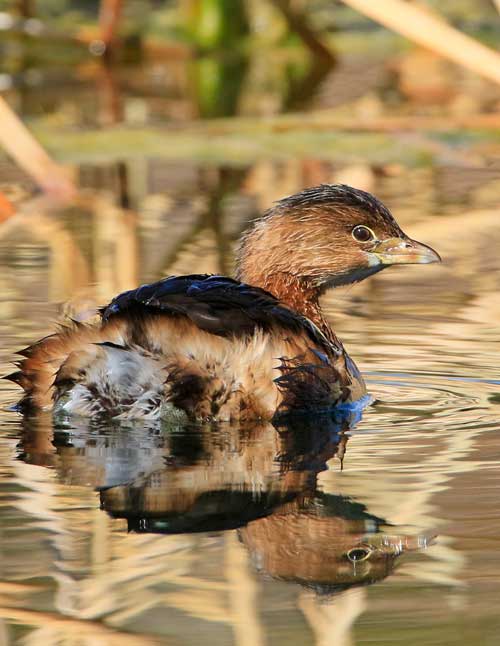
“We’re in the high desert so any water source is a rarity,” explained Duvuvuei. “Water alone will bring in some birds. The associated wetland vegetation, chokecherry bushes, and other native vegetation provide cover and food sources, including abundant insects. Many passerines appeared to use the pond as a stopover site during fall migration to rest and refuel.
Waterfowl can frequently be found using the pond in the winter months. Because the pond is fairly deep, it provides habitat for both dabbling and diving ducks.
The manmade stream and pond system and surrounding piñon-juniper habitat have resulted in an ecotone, or habitat transition zone. Although artificial in this case, ecotones are typically associated with higher species diversity and richness.
 New Mexico Wildlife magazine Conserving New Mexico's Wildlife for Future Generations
New Mexico Wildlife magazine Conserving New Mexico's Wildlife for Future Generations
